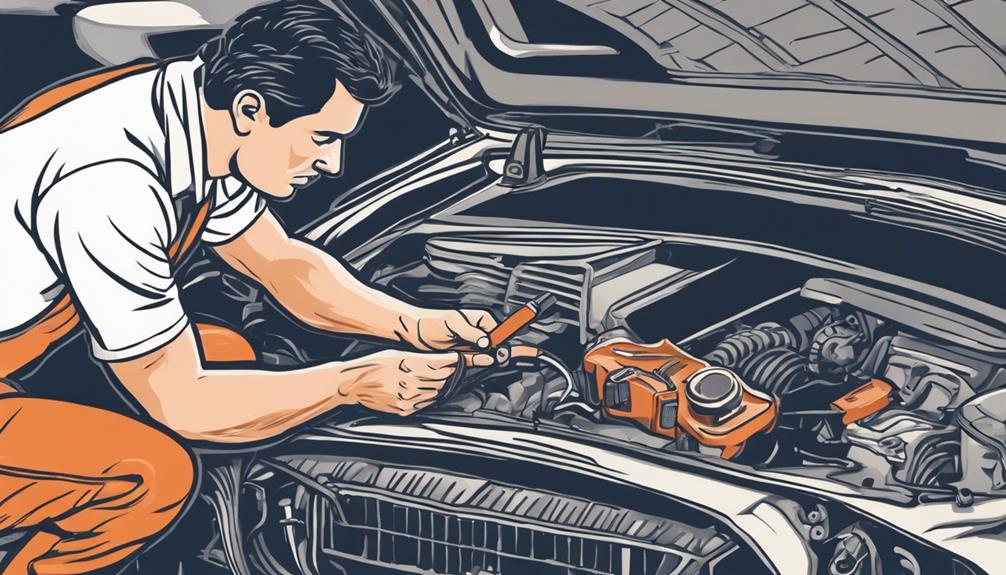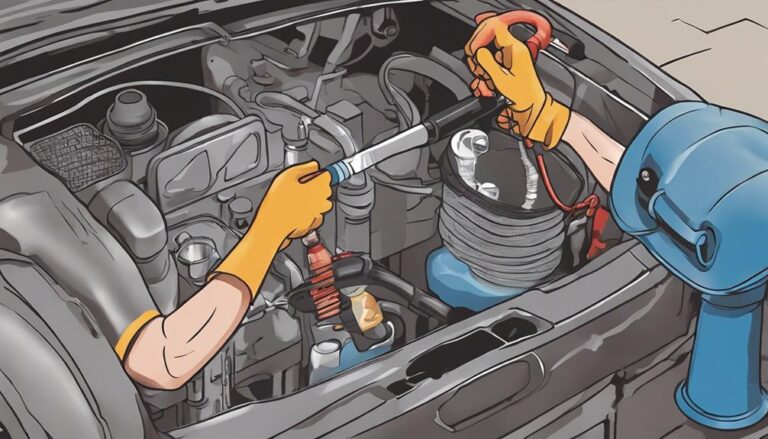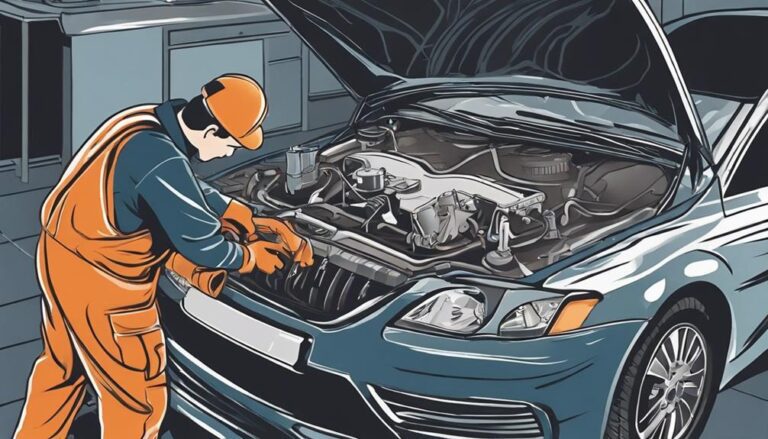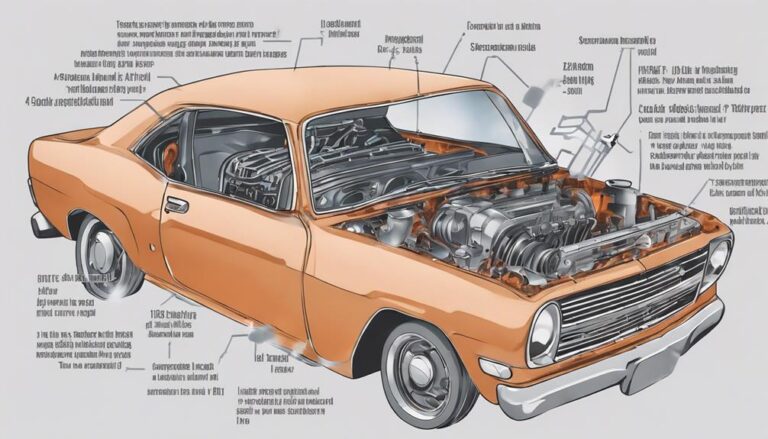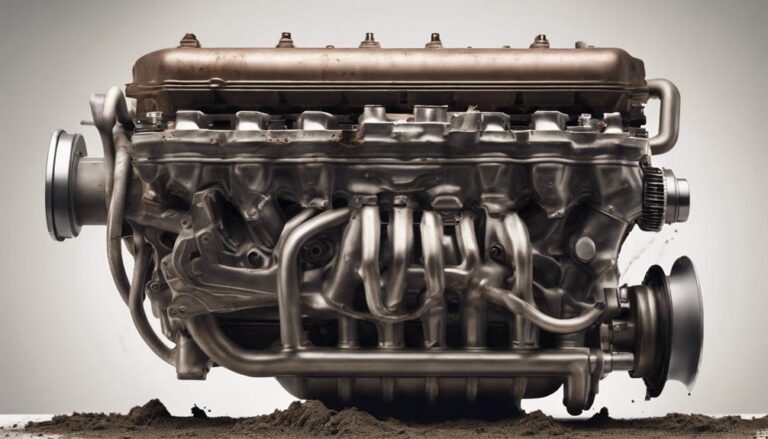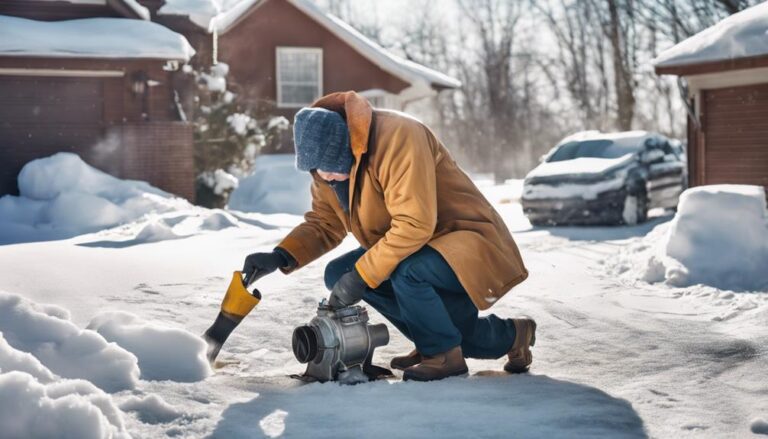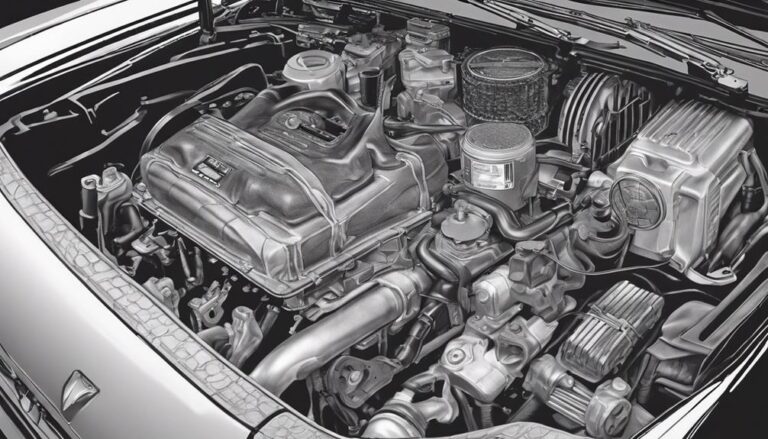Comparing Heater Core Repair and Replacement Costs
So, you've found yourself in the unfortunate position of pondering the costs of heater core repair versus replacement. Before jumping to conclusions, consider the intricate details that could impact your decision.
Understanding the nuances between the two options might just save you from unexpected expenses down the road.
Key Takeaways
- Repair efficiency varies for minor issues, while replacement offers long-term benefits.
- Cost-effectiveness depends on factors like complexity and salvage options.
- DIY repairs can lower labor costs, but ensure compatibility for salvaged parts.
- Prioritize safety and quality in replacements for reliable and efficient outcomes.
Factors Influencing Repair Costs

When determining the cost of repairing a heater core, the primary factor to take into account is the extent of damage to the core itself. The repair techniques and diagnosis methods used play an important role in determining the overall repair costs.
Repair techniques vary depending on the specific issue with the heater core. Common repair methods include patching small leaks, flushing the core to remove debris, or even soldering damaged areas. The complexity of the repair required will influence the cost, as more intricate repairs demand more labor and potentially specialized skills.
Diagnosis methods are essential in accurately identifying the root cause of the heater core problem. Technicians may use pressure tests, thermal imaging, or visual inspections to diagnose issues accurately. The precision of the diagnosis impacts the efficiency of the repair process, affecting the final cost. Ensuring a thorough diagnosis is conducted can prevent unnecessary additional expenses that may arise from overlooking underlying problems.
Average Repair Cost Breakdown
To further understand the overall cost breakdown of repairing a heater core, it's important to analyze the specific components that contribute to the average repair expenses. When comparing repair versus replacement costs, the breakdown of average repair expenses typically includes:
- Labor Costs: The labor involved in dismantling the dashboard, removing the old heater core, installing the new one, and reassembling the dashboard contributes greatly to the overall repair expenses.
- Parts Costs: The price of the heater core itself is a major component of the repair cost breakdown. Additionally, any other parts that need replacement during the repair process, such as hoses or gaskets, will also add to the total expenses.
- Coolant and Supplies: Coolant needed for the system refill after the repair, as well as other supplies like sealants or flushing agents, are essential components of the repair cost breakdown.
- Miscellaneous Fees: These may include shop fees, disposal fees for old parts, or any other miscellaneous charges that the repair facility may include in the final bill.
When comparing the cost breakdown of repairing versus replacing a heater core, understanding these specific components can help you make an informed decision based on cost comparison.
Considerations for Replacement Cost
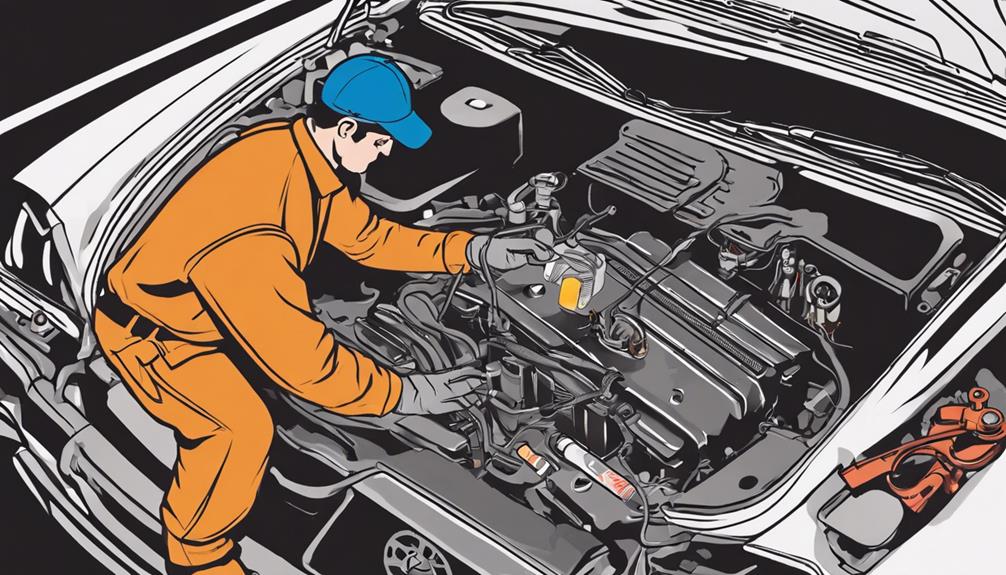
Considering the replacement cost of a heater core involves evaluating various factors that impact the overall expenses. When contemplating heater core replacement, exploring salvage options can potentially reduce costs. Salvage yards or online marketplaces often offer used heater cores at a fraction of the price of new ones. However, it's important to make sure the salvage part is in good condition and compatible with your vehicle to avoid future issues.
Another cost-saving consideration is opting for DIY repairs. While replacing a heater core can be a complex task, especially for those with limited mechanical experience, tackling it yourself can greatly lower labor costs. Online tutorials and repair guides can provide step-by-step instructions, helping you navigate the process effectively.
It's important to weigh the benefits of salvage options and DIY repairs against the potential risks. If done correctly, these alternatives can offer substantial savings compared to traditional replacement methods. However, always prioritize safety and quality to ensure the longevity and efficiency of your vehicle's heating system.
Comparison of Repair Vs. Replacement
Exploring the comparative aspects between repairing and replacing a heater core involves evaluating factors such as cost-effectiveness, long-term reliability, and overall efficiency. When deciding between repair and replacement, consider the following:
- Repair efficiency: Repairing a heater core can be a quick fix for minor issues, restoring functionality without the need for a full replacement.
- Replacement durability: Opting for a new heater core provides long-lasting durability, ensuring that the heating system operates efficiently for an extended period.
- Cost effectiveness: While repairs may seem cheaper upfront, frequent fixes can add up over time. Replacement, though initially more expensive, might be more cost-effective in the long run.
- Long term benefits: Replacing a heater core offers the benefit of a warranty, potentially saving you money on future repairs. It also guarantees ideal performance for an extended period, reducing the likelihood of recurring issues.
Tips to Save on Repair Expenses
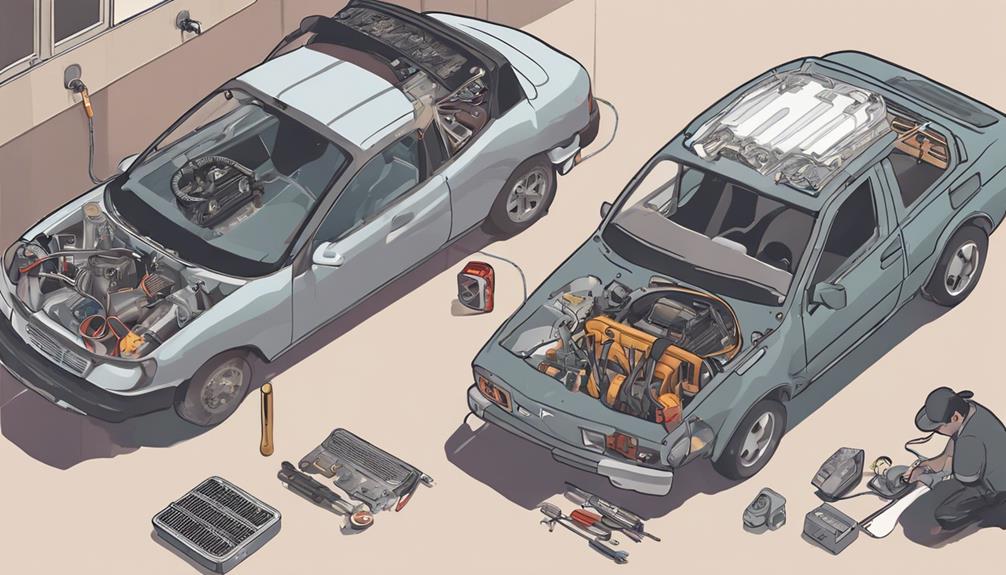
When looking to minimize repair expenses for your heater core, carefully assess the condition of the existing components before proceeding with any maintenance. DIY repairs can be a cost-effective solution if you have the necessary skills and tools. Start by researching online guides or videos that provide step-by-step instructions tailored to your specific vehicle make and model. Additionally, consider joining online forums or communities where you can seek advice from experienced individuals who've tackled similar heater core issues.
Maintenance tips can also help extend the lifespan of your heater core and reduce the likelihood of costly repairs. Regularly checking and replacing your coolant, ensuring proper fluid levels, and inspecting for any leaks can prevent potential damage to the heater core. In addition, flushing the cooling system at recommended intervals can help remove any debris or sediment that may clog the core, leading to overheating issues. By staying proactive and attentive to your heater core's maintenance needs, you can save on repair expenses in the long run.
Frequently Asked Questions
Are There Any DIY Repair Options for Heater Core Issues, and if So, What Are the Risks Involved in Attempting Them?
When tackling DIY heater core repair, ponder the risks. Opting for this route entails potential damage to other components, leaks, or even incomplete fixes. Assess your skill level and the complexity of the repair before proceeding.
How Often Do Heater Cores Typically Need to Be Replaced, and Are There Any Preventative Maintenance Measures That Can Extend Their Lifespan?
To extend the lifespan of your heater core, consider regular preventative maintenance. Flushing the system annually and using quality coolant can help prevent corrosion and clogs. Keep an eye out for any leaks to catch issues early.
Are There Any Specific Signs or Symptoms of a Failing Heater Core That Owners Should Be Aware of Before Seeking Repairs?
When your heater core fails, watch for common symptoms like lukewarm air, sweet smell, or foggy windows. Warning signs also include coolant leaks or overheating. Recognizing these early can prevent costly repairs.
Is It Possible to Purchase a Used or Aftermarket Heater Core as a More Cost-Effective Replacement Option, and What Are the Potential Drawbacks of Doing So?
To decide between used and aftermarket heater cores, weigh cost savings against potential quality concerns. Opt for used with caution; unknown history can lead to early failure. Aftermarket offers affordability but varies in quality.
Are There Any Warranties or Guarantees Offered by Repair Shops or Manufacturers for Heater Core Repairs or Replacements?
When considering heater core repairs or replacements, it is crucial to inquire about warranty coverage from repair shops or manufacturer guarantees. Understanding the policies regarding consumer protection can provide you with peace of mind for your vehicle's maintenance needs.
Conclusion
To summarize, when comparing heater core repair and replacement costs, it's crucial to take into account factors such as labor, parts, and overall damage.
By analyzing these aspects, you can make an informed decision on whether to repair or replace your heater core.
Remember, just like a well-oiled machine, taking care of your heater core can help keep your vehicle running smoothly and efficiently in the long run.

